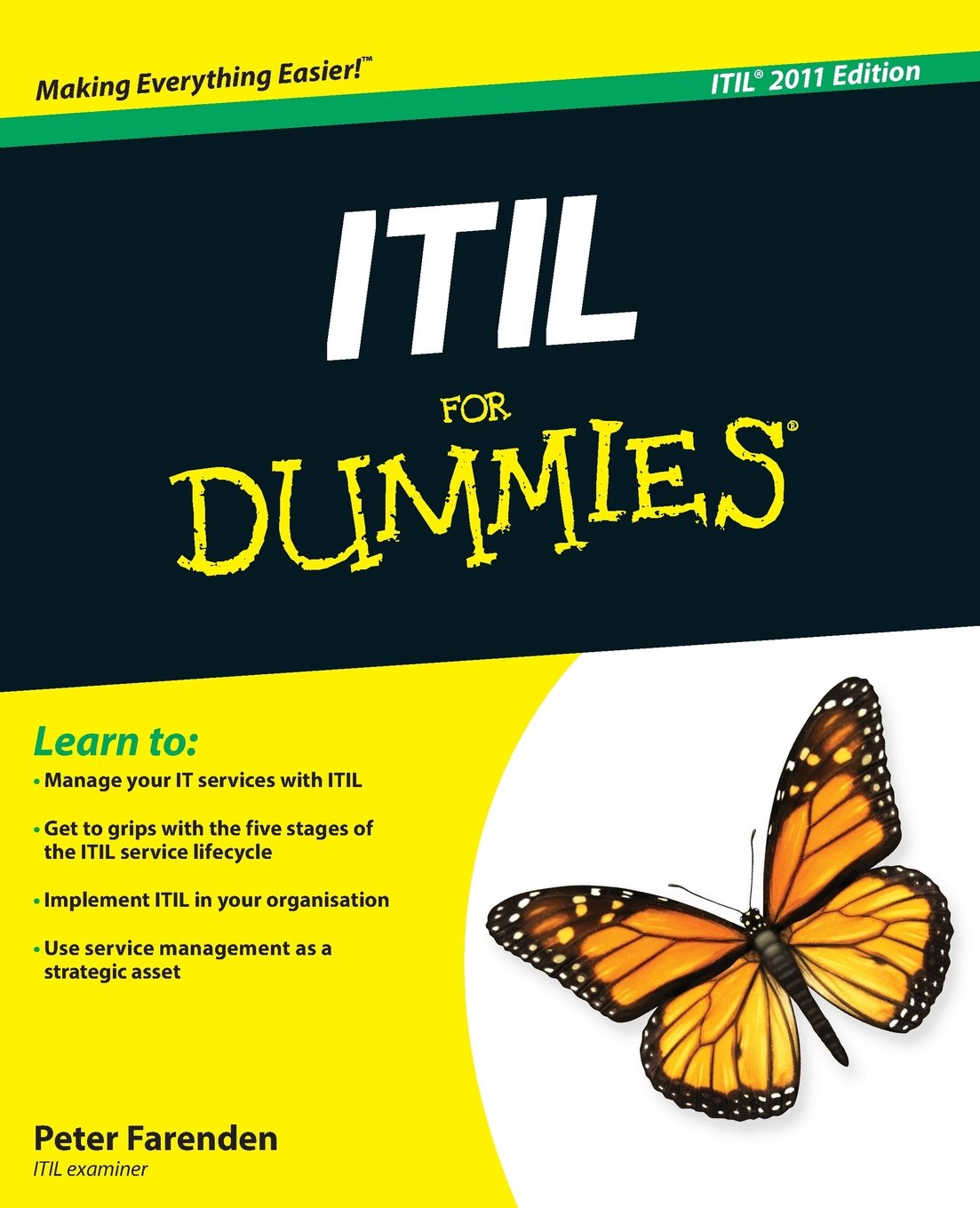In today’s fast-paced business environment, organizations are constantly looking for ways to streamline their operations and improve efficiency. One of the key areas where businesses can make significant improvements is in their application management processes. By implementing ITIL (Information Technology Infrastructure Library) best practices for application management, businesses can optimize their IT operations and enhance the performance of their applications.
ITIL is a set of best practices that helps organizations align their IT services with the needs of their business. Application management is a critical component of ITIL, as it involves the planning, design, delivery, operation, and control of software applications within an organization. By following ITIL principles for application management, businesses can ensure that their applications are running smoothly, are secure, and meet the needs of their users.
One of the key benefits of implementing ITIL application management practices is the ability to streamline operations. By following standardized processes for application development, deployment, and maintenance, organizations can reduce the time and resources required to manage their applications. This can lead to cost savings and increased productivity, as IT teams can focus on more strategic initiatives rather than spending time on routine maintenance tasks.
Another benefit of ITIL application management is improved service quality. By following ITIL best practices for application development and maintenance, businesses can ensure that their applications are reliable, secure, and meet the needs of their users. This can lead to higher customer satisfaction and loyalty, as users will have a better experience when using the organization’s applications.
Additionally, ITIL application management practices can help organizations identify and address issues more quickly. By implementing standardized processes for monitoring and managing applications, IT teams can proactively detect and resolve issues before they impact users. This can lead to reduced downtime and increased availability of applications, which is critical for businesses that rely on their IT systems to operate efficiently.
Overall, streamlining operations with ITIL application management can help organizations improve efficiency, reduce costs, and enhance the performance of their applications. By following best practices for application development, deployment, and maintenance, businesses can optimize their IT operations and provide a better experience for their users. Implementing ITIL application management practices is a smart investment for organizations looking to stay competitive in today’s digital economy.














